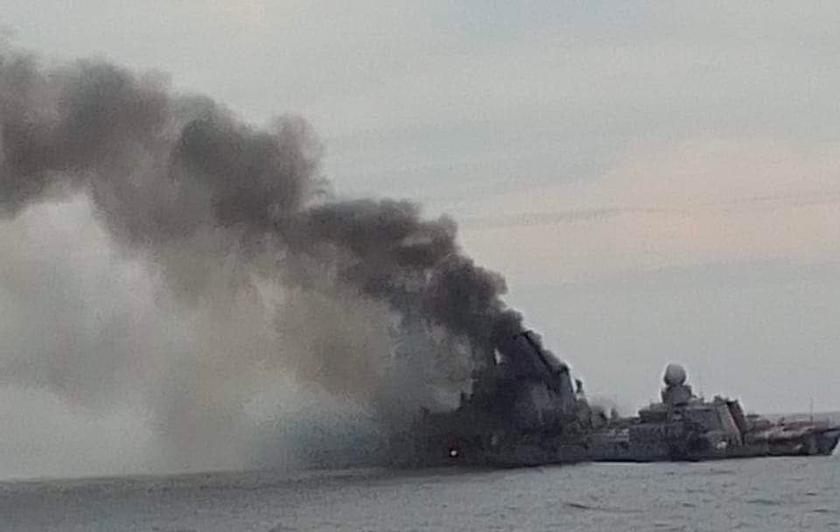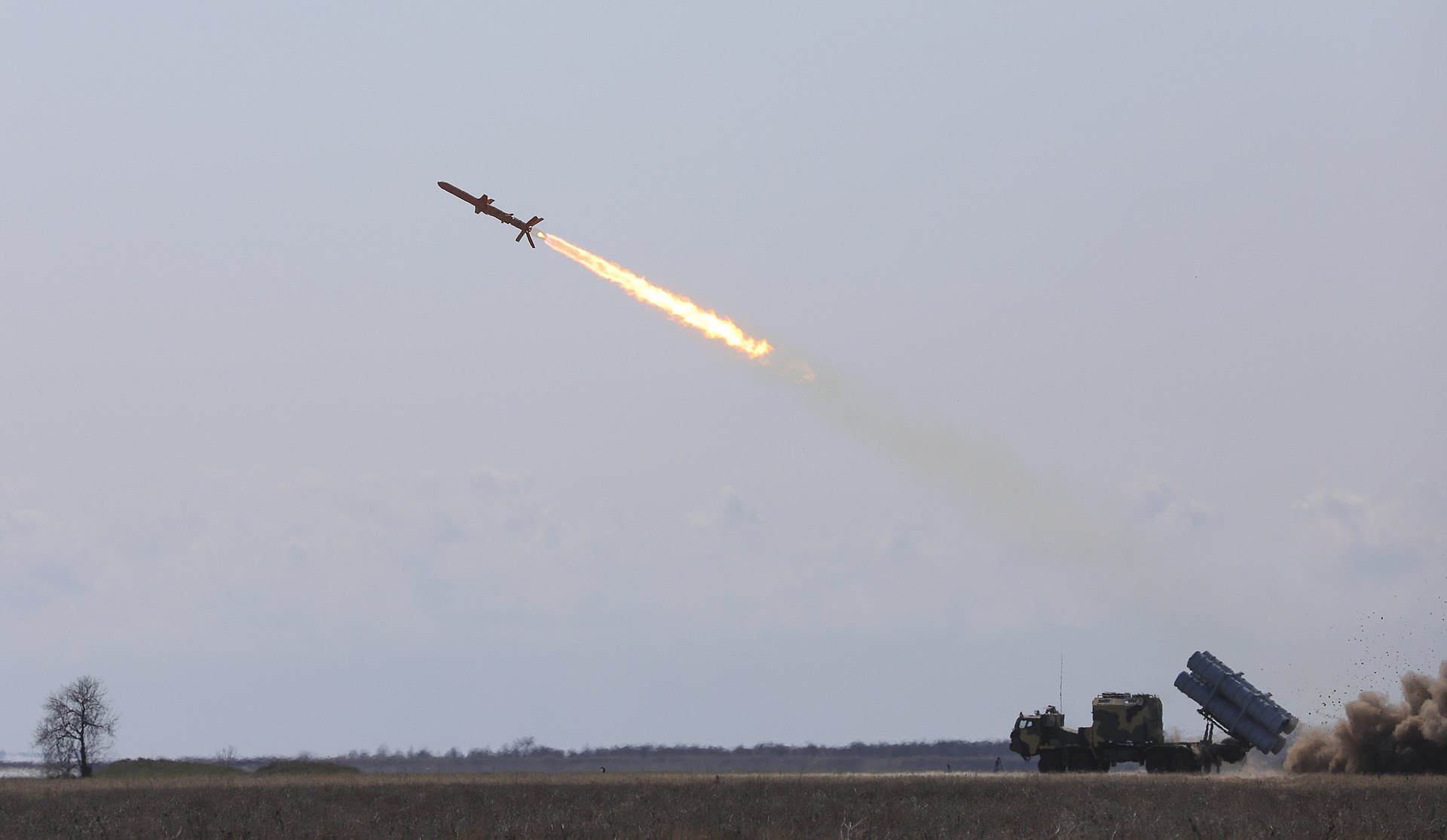Ukrainian Neptun anti-ship missiles destroyed the $750m flagship missile cruiser Moscow during test launches
Ukraine's Neptun anti-ship missile has been in the news a lot this month. Now there is another interesting story involving it. As it turned out, at the time of the invasion of the Russian army in 2023, the missile had not yet passed all the tests. Therefore, the Ukrainian Navy tested it on real targets.
Here's What We Know
With such a statement was made by the commander of the Ukrainian Navy Oleksiy Neizhpapa. His words are quoted by The Wall Street Journal. Vice Admiral claims that because of the invasion of the Russian Federation missile "Neptune" had to be tested on real targets.
The first target was the frigate Admiral Essen. The ship was equipped with electronic warfare systems that worked effectively and prevented the missiles from striking accurately. Nevertheless, the ship sustained damage.

The Russian naval command did not believe that Ukraine could have powerful weapons and did not strengthen the fleet's defences. As a result, two Neptun missiles sent the cruiser Moscow to the bottom of the Black Sea.
The $750 million ship was the flagship of the Russian Federation's Black Sea fleet. It was hit by missiles on April 13, 2022, and two days later the loss of the cruiser was officially acknowledged by the Russian defence ministry. For two days, russia claimed the ship was OK.

The original version of the Neptun anti-ship missile has a 150kg warhead and a launch range of 280km. According to recent reports, Ukraine was able to modify the missile to hit ground targets. The launch range increased to 400 kilometres and the weight of the warhead to 350 kg. It was with its help that two S-400 surface-to-air missile systems in Crimea were hit.
Source: WSJ